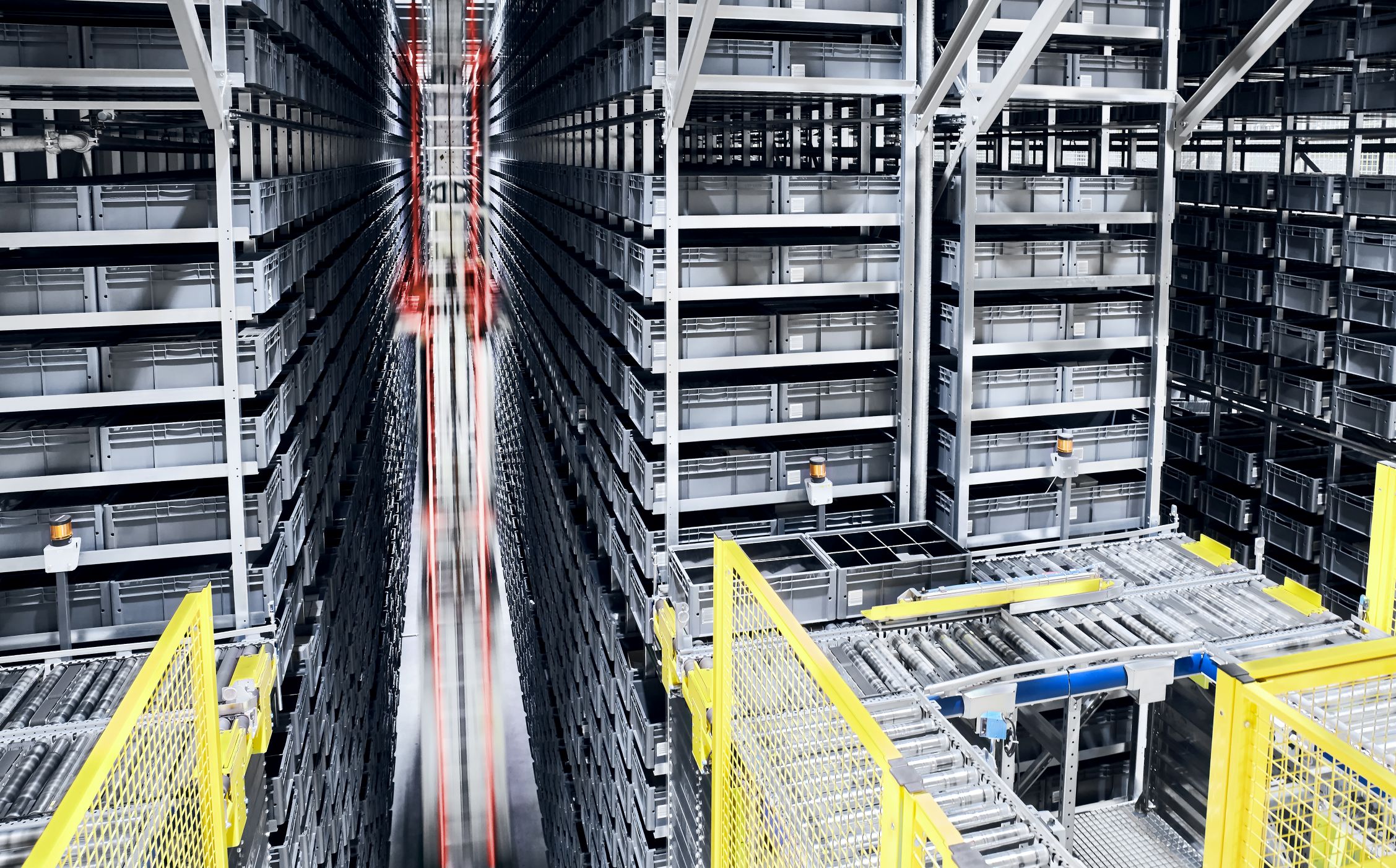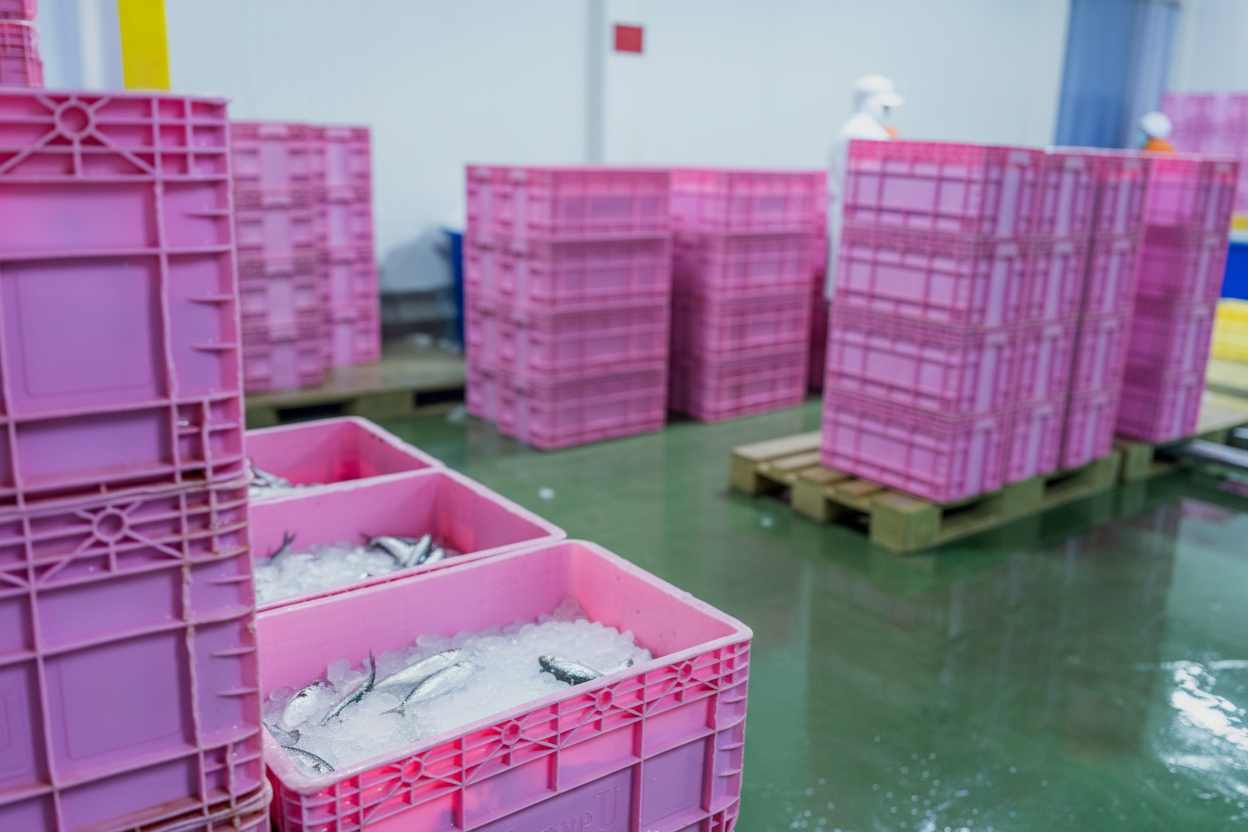The global journey of fresh food, flowers, and pharmaceuticals is more demanding than ever. For shippers and operations leaders, success in perishables logistics is measured by on-time arrivals, pristine product quality, and unbroken cold chains. As consumer expectations rise and supply chains grow more complex, staying ahead of industry trends is not just an advantage—it’s a necessity.
This guide provides a fact-based look at the forces shaping the industry in 2025. From rising global demand for fresh goods to new regulatory pressures and the critical need for sustainability, these trends directly impact your bottom line. Understanding them is the first step toward building a more resilient, efficient, and profitable supply chain. LCX Fresh is here to help you navigate these challenges with expertise and precision.
10 Core Facts Shifting Perishables Logistics in 2025
1. Global Demand for Fresh Food Continues to Rise
The global market for fresh fruits and vegetables is expanding, driven by consumer focus on health and wellness. This growth puts immense pressure on the cold chain to move more volume over longer distances without compromising quality. For shippers, this means a greater need for reliable, scalable perishables logistics partners who can secure capacity on key trade lanes.
2. Post-Harvest Food Loss Remains a Critical Issue
According to the Food and Agriculture Organization of the United Nations (FAO), a significant percentage of food is lost between harvest and retail. Much of this loss is due to improper temperature management and transit delays. This fact underscores the immense financial risk of a weak cold chain and highlights the ROI of investing in expert logistics management to protect asset value.
3. Regulatory Scrutiny is Tightening Globally
Regulations like the FDA’s Food Safety Modernization Act (FSMA) in the U.S. mandate strict preventative controls and detailed record-keeping for food transport. Shippers must provide verifiable proof that products were maintained at safe temperatures throughout their journey. Non-compliance can lead to rejected shipments, fines, and significant brand damage, making robust compliance support essential.
4. Cold Chain Capacity is a Volatile Commodity
Securing temperature-controlled space on air and ocean carriers is a constant challenge. Reefer container shortages, port congestion, and fluctuating demand create pricing and availability volatility. Shippers need proactive partners who can optimize lanes and leverage strong carrier relationships to ensure their products keep moving, even during peak seasons.
5. Air Cargo is Prioritizing Perishables with Certifications
The air freight industry is responding to the unique needs of sensitive cargo with programs like IATA’s CEIV Fresh certification. Airlines and handlers achieving this standard demonstrate a commitment to minimizing spoilage and providing superior handling for perishables. Partnering with a logistics provider that utilizes CEIV-certified carriers gives shippers a significant quality advantage.
6. Sustainability Reporting (Scope 3) is Becoming Mandatory
Pressure from consumers, investors, and regulators is pushing companies to report on their Scope 3 emissions, which include all indirect emissions from their supply chain. Accurately tracking the carbon footprint of your logistics requires granular data on routes, modes, and fuel efficiency. This trend makes visibility a key component of corporate sustainability goals.
7. Ocean Freight is Innovating with Controlled Atmosphere Technology
Beyond simple refrigeration, advanced reefer containers now offer controlled atmosphere (CA) technology that manages the mix of oxygen, carbon dioxide, and nitrogen. This slows the ripening process and inhibits decay, extending the shelf life of produce like avocados and bananas. This technology allows shippers to reach more distant markets with ocean freight, a more cost-effective option than air.
8. The “Last Mile” is the Most Complex Link
The final leg of the journey—from a distribution center to a retailer or end consumer—is often the riskiest for perishables. Temperature integrity can be easily compromised during transfers and local delivery. Specialized solutions, including temperature-controlled vans and white-glove delivery services, are critical for preserving quality right up to the point of sale. [Internal link: Our Last-Mile Delivery Solutions]
9. Data Visibility is No Longer a “Nice-to-Have”
Shippers now demand real-time data on their cargo’s location and condition. Modern perishables logistics relies on IoT sensors that provide live temperature, humidity, and location tracking. This visibility allows for proactive exception management—identifying and correcting a potential temperature deviation before it leads to product loss. As noted by firms like McKinsey & Company, digitization is key to a resilient supply chain.
10. Consolidation Services Offer a Competitive Edge
For small and medium-sized shippers, access to cost-effective transportation can be limited. Pre-cooling and consolidation services at origin allow multiple smaller shipments to be combined into a single, cost-efficient load. This practice provides access to better freight rates and ensures products are cooled to the optimal temperature before the main leg of transit begins, maximizing shelf life. [Internal link: Pre-Cooling and Consolidation]
Core Challenges in Today’s Market
These trends highlight several persistent challenges that shippers must overcome:
- Temperature Excursions: The primary threat to product value. A single equipment failure or handling error can lead to a total loss.
- Regulatory Variance: Navigating the complex and differing compliance rules of various countries is a major administrative burden that can cause costly delays at the border.
- Capacity & Cost Volatility: Unpredictable freight availability and pricing make it difficult to manage budgets and ensure on-time departures.
- Sustainability & Emissions Tracking: A lack of visibility makes it nearly impossible to accurately measure and report on Scope 3 emissions from logistics activities.
The LCX Fresh Solution: Expertise-Driven Perishables Logistics
At LCX Fresh, we address these challenges head-on by combining deep industry expertise with robust operational processes. We provide more than just transportation; we deliver peace of mind through comprehensive management of your entire cold chain.
Our approach centers on proactive control and complete transparency. We use advanced visibility tools, but our true value lies in our 24/7 exception management. Our team of specialists monitors every shipment, ready to intervene at the first sign of a deviation. Whether it’s rerouting cargo around a customs delay or coordinating with a carrier to adjust a reefer unit, we actively manage risk so you don’t have to. [Internal link: Our Cold Chain Services]
This hands-on management is integrated into our core offerings:
- End-to-End Cold Chain Integrity: From our pre-cooling facilities to temperature-controlled air and ocean freight and final-mile delivery, we ensure an unbroken chain of custody.
- Optimized & Time-Definite Lanes: We secure reliable capacity on the most efficient routes to balance speed and cost, protecting your products and your margins.
- Seamless Customs & Compliance: Our in-house experts manage all documentation and regulatory requirements, ensuring your shipments clear borders without friction.
- Actionable Reporting: We provide clear data and performance analytics, giving you insights to help optimize your supply chain strategy for the long term.
Use Cases: LCX Fresh in Action
- Fresh Produce: For a berry grower in South America, our team identified a recurring temperature fluctuation during cross-docking. By working with the ground handler to adjust their process, we eliminated the issue, reducing spoilage by over 10% on that lane.
- High-Value Seafood: A shipment of fresh tuna from Spain to the U.S. was flagged for a potential customs hold. Our compliance team proactively submitted supplementary documentation, enabling the shipment to clear in hours instead of days and preserving its top-market value. [Internal link: Seafood Logistics Expertise]
- Fresh-Cut Flowers: Facing a flight cancellation during the peak Valentine’s season, our air freight team immediately re-booked a time-critical shipment of roses from Colombia on an alternate carrier, ensuring they arrived on time for distribution.
Checklist for Evaluating a Logistics Partner
When entrusting your perishable products to a partner, ensure they meet these criteria:
- [✓] Deep Perishables Expertise: Do they specialize in your product category?
- [✓] End-to-End Temperature Control: Can they manage the entire journey, including pre-cooling and last-mile?
- [✓] 24/7 Proactive Exception Management: Is there a dedicated team monitoring your shipments and empowered to solve problems?
- [✓] Robust Compliance & Customs Brokerage: Do they have in-house experts to navigate complex international regulations?
- [✓] Access to Reliable, Time-Definite Capacity: Can they secure space on the best air and ocean carriers?
Frequently Asked Questions
What is the most common point of failure in the cold chain?
Most temperature excursions happen during handoffs—at the airport tarmac, during cross-docking, or in the last mile. This is why having a single partner manage the end-to-end process is critical. An integrated perishables logistics provider maintains control during these vulnerable transitions.
How can I reduce my carbon footprint from logistics?
Optimizing routes to reduce mileage, choosing carriers with modern and fuel-efficient fleets, and consolidating shipments to maximize load factors are all effective strategies. A knowledgeable logistics partner can help you implement these measures and provide the data needed for accurate emissions reporting.
Is it better to use air or ocean freight for perishables?
The choice depends on the product’s shelf life, value, and your timeline. Air freight is faster but more expensive, ideal for highly time-sensitive products like fresh fish or flowers. Ocean freight, especially with Controlled Atmosphere technology, is a cost-effective solution for hardier produce like apples or citrus. We help clients find the optimal balance.
Build a Resilient Cold Chain with LCX Fresh
Navigating the complexities of modern perishables logistics requires a partner who is as committed to your product’s quality as you are. The risks are too high for a reactive approach. Let LCX Fresh provide the proactive management, operational excellence, and deep expertise needed to protect your cargo, your brand, and your bottom line.
Ready to strengthen your supply chain? Contact an LCX Fresh expert today to discuss your logistics needs and discover a smarter way forward.





